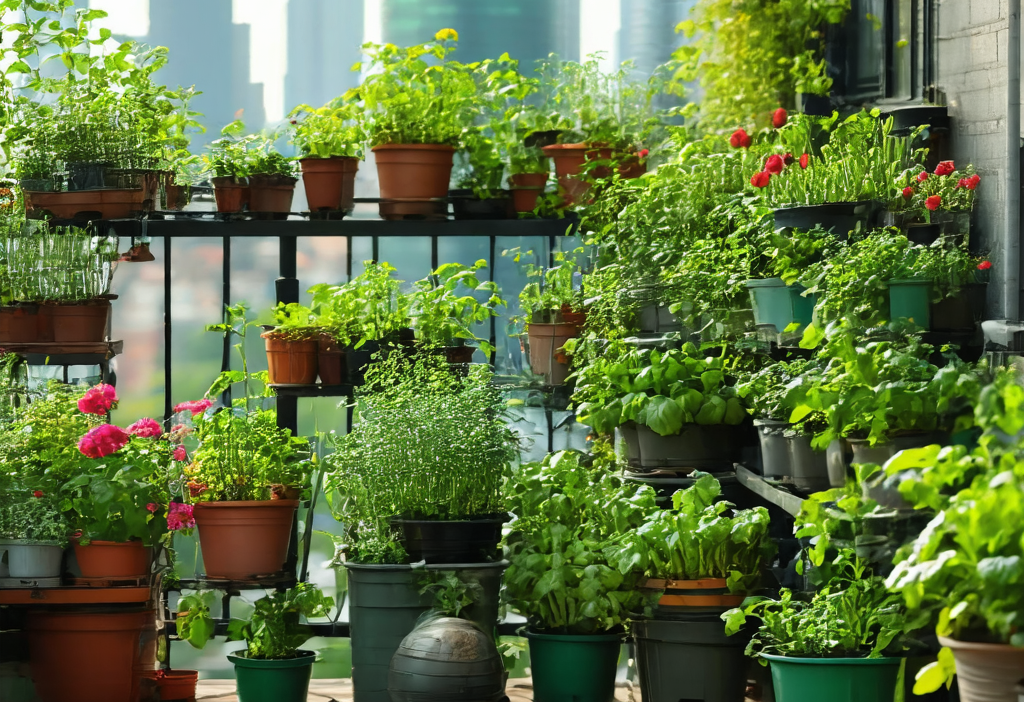Urban Gardening: How to Grow Your Own Plants in City Apartments
Gardening is often seen as a countryside activity, but with the rise of urban living, more and more city dwellers are finding creative ways to grow their own plants. Urban gardening has become a popular trend, allowing people to connect with nature even while living in bustling cities. Whether you’re an experienced gardener or just starting out, this guide will help you create your own green oasis in the heart of the city.
Why Urban Gardening?
Urban gardening offers numerous benefits beyond just having fresh herbs and vegetables on hand. It improves air quality by reducing carbon dioxide levels, provides a sense of accomplishment, and can even enhance mental health by providing a peaceful retreat from the hustle and bustle of city life. Plus, growing your own food ensures you know exactly what goes into it, promoting healthier eating habits.
Choosing the Right Plants
When starting an urban garden, selecting the right plants is crucial. Consider factors like available space, sunlight exposure, and your personal preferences. Herbs like basil, parsley, and mint are great for small spaces and can be easily grown in containers. Vegetables such as tomatoes, peppers, and beans also thrive in pots. For added beauty, you can mix in flowers like marigolds or petunias to attract pollinators and add color to your space.
Essential Tools for Urban Gardening
To get started, you’ll need a few basic tools. Invest in high-quality pots or containers with drainage holes to prevent waterlogging. Soil is another important component; choose lightweight potting mix designed for container gardening. A small trowel, watering can, and organic fertilizers will round out your essential toolkit. Don’t forget to use a good-quality water source; rainwater is ideal if available, but tap water works well too.
Maintaining Your Urban Garden
Regular maintenance is key to ensuring your plants thrive. Water your plants deeply but avoid overwatering, as this can lead to root rot. Check the soil moisture by sticking your finger into the soil up to an inch; if it feels dry, it’s time to water. Fertilize every few weeks with a balanced organic fertilizer to provide essential nutrients. Prune herbs regularly to encourage bushier growth and deadhead flowers to promote blooming.
Design Ideas for Your Urban Garden
Your urban garden can be as creative as you want! Use hanging baskets to save space and add vertical interest. Incorporate recycled materials like old containers or pallets as planters to give your garden a unique touch. Install grow lights if natural light is limited, especially in apartments with minimal sunlight. You can even create a small herb wall using modular planters for an Instagram-worthy display.
The Benefits of Urban Gardening
Beyond the obvious joy of growing your own food, urban gardening has many hidden benefits. It reduces your carbon footprint by minimizing transportation needed for food distribution. It also fosters a sense of community when shared with neighbors or through local gardening groups. Plus, it’s a great way to teach children about sustainability and the natural world.
Getting Started Today
If you’re ready to dive into urban gardening, start small with a few herbs or easy-to-grow vegetables. As you gain confidence, expand your garden to include more plants. Remember, it’s okay to make mistakes along the way; every gardener learns through experience. Soon, you’ll be enjoying fresh, homegrown produce and a vibrant green space right outside your window.
Urban gardening is more than just a hobby—it’s a lifestyle choice that brings nature into our urban environments. So why wait? Grab your tools, pick out some plants, and start creating your own slice of paradise in the city!





